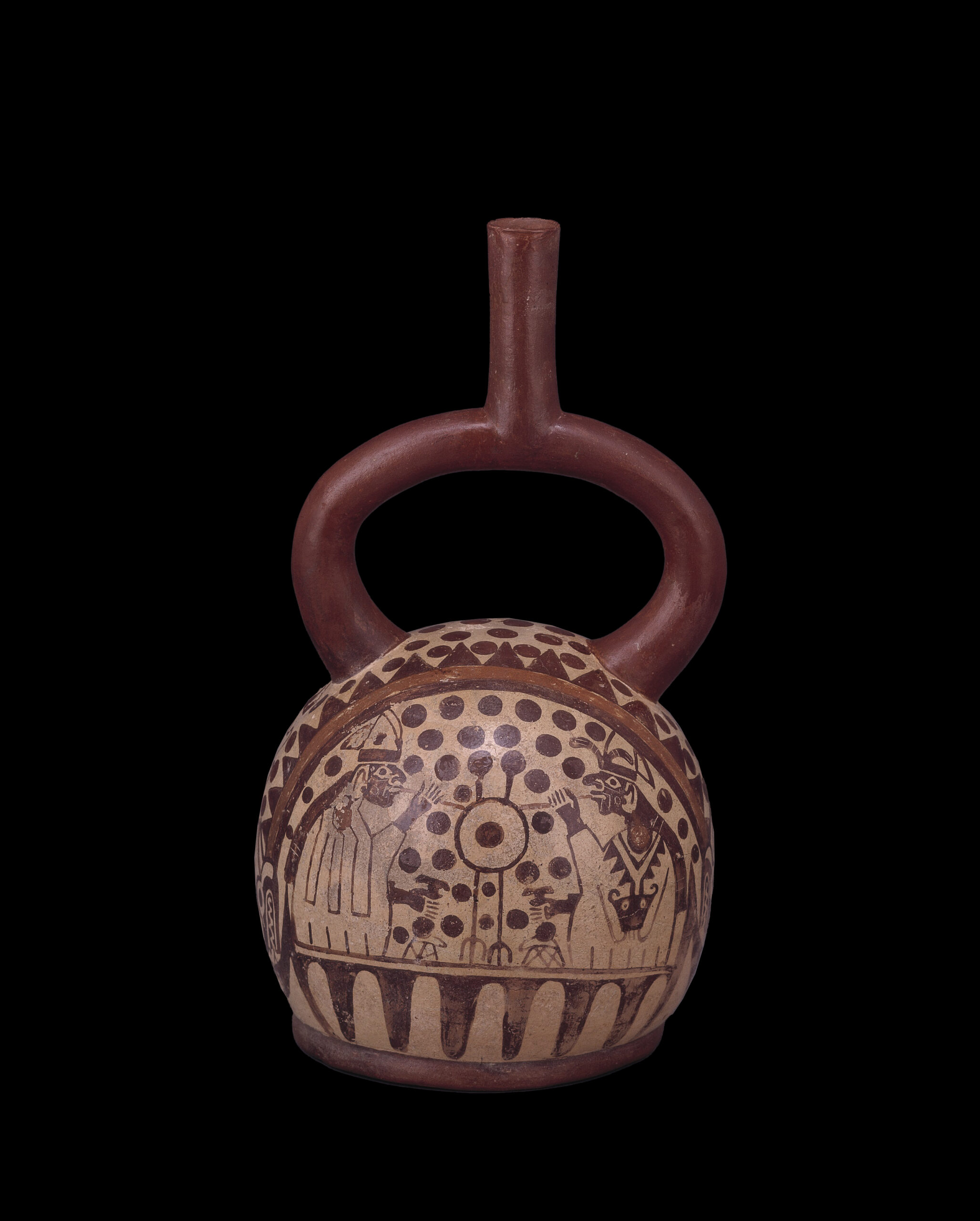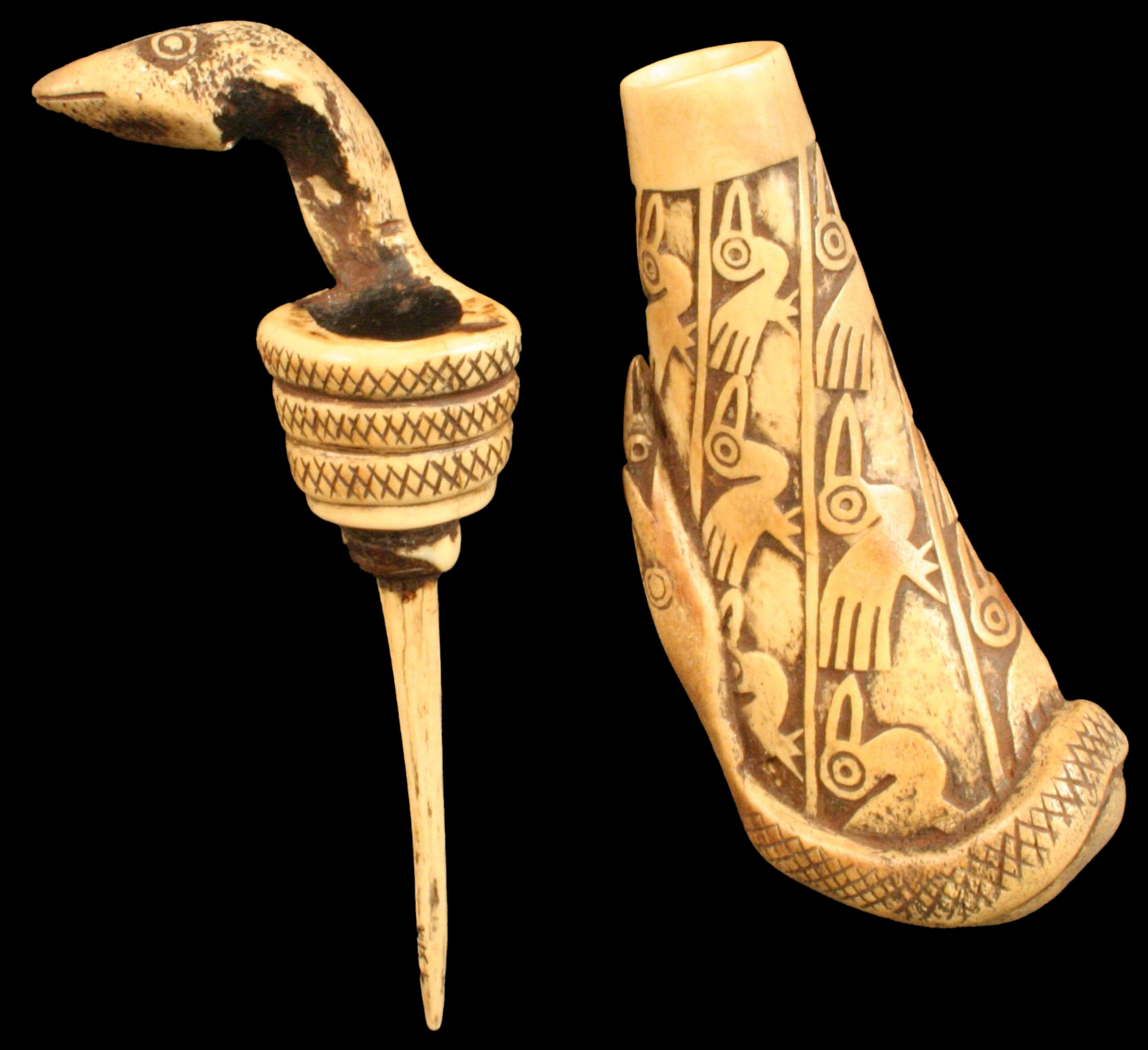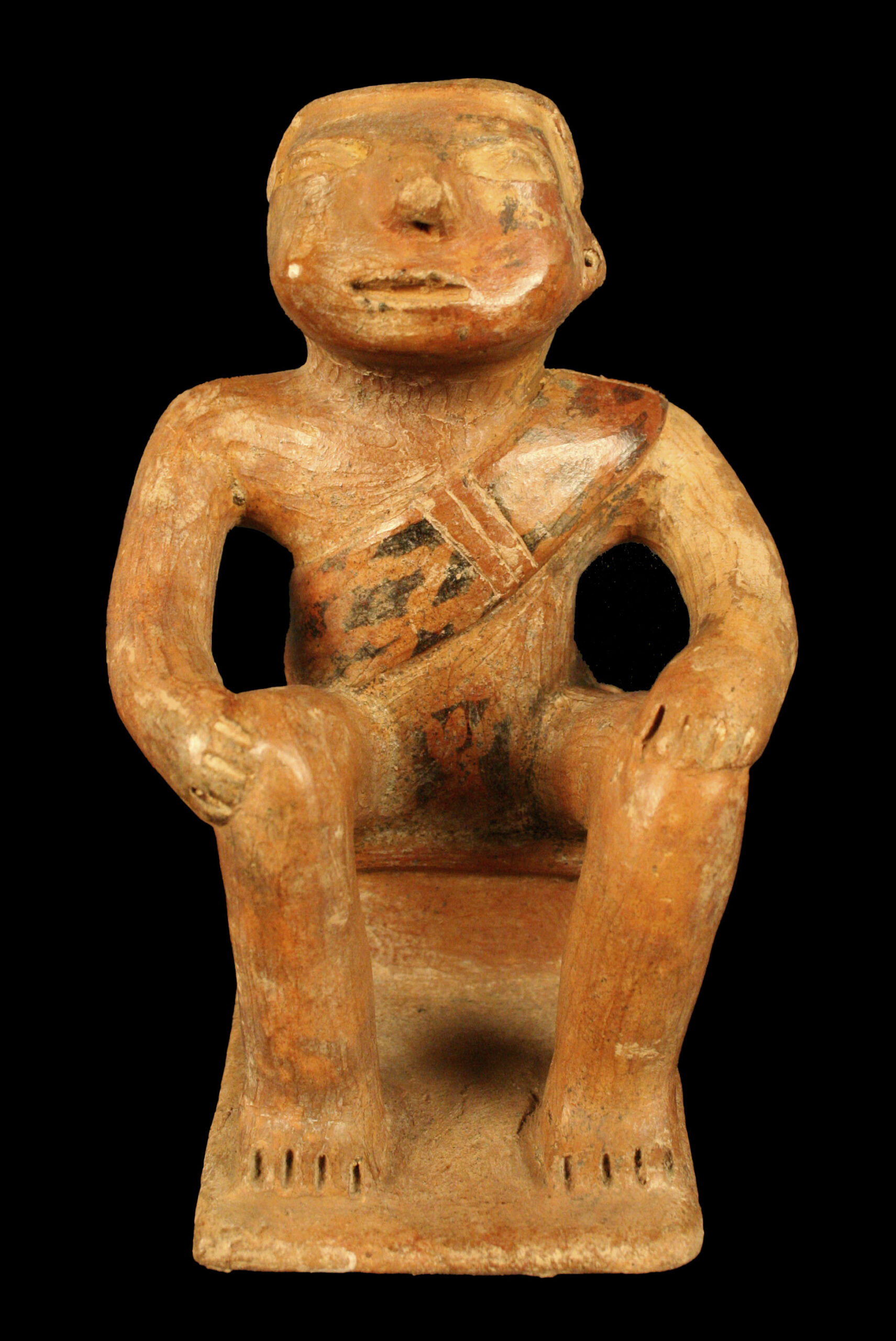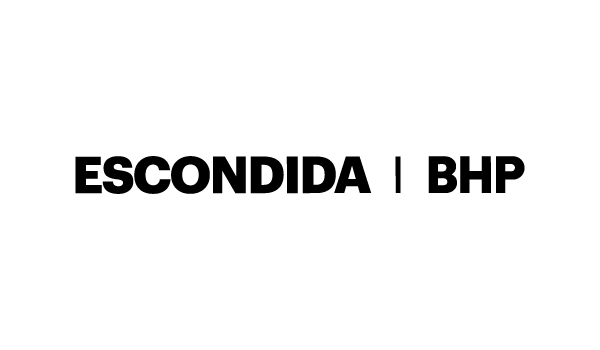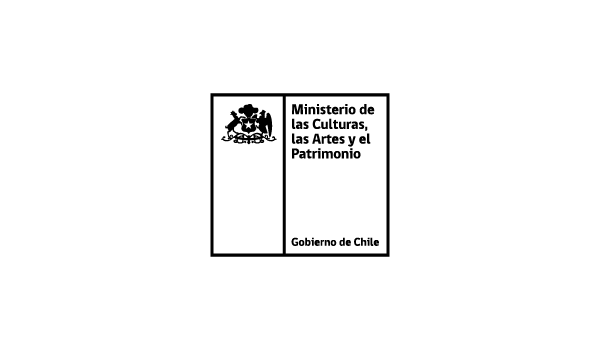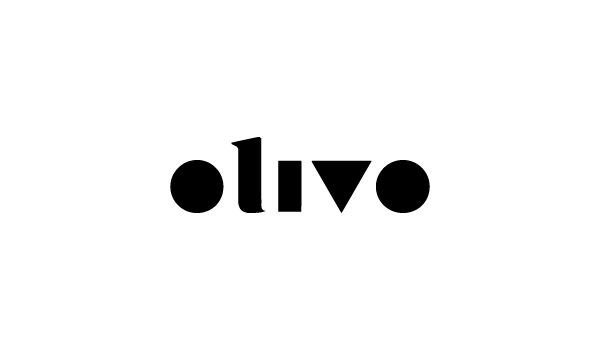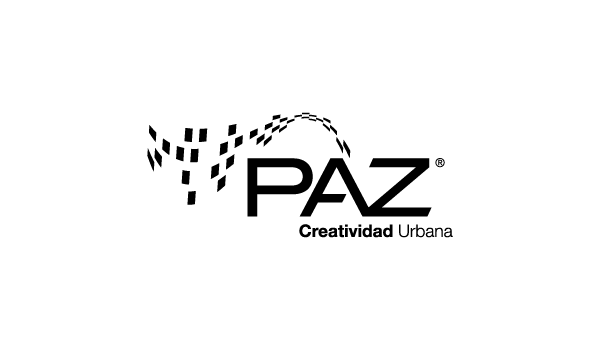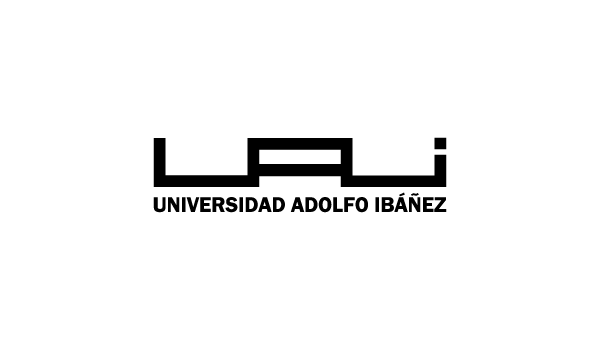The fragrance of our mother coca
The coca leaf (Erythroxylum) has been part of the daily life of many Andean peoples of yesterday and today. Its consumption has deep social, economic and religious roots. It is present in offering ceremonies and in various rituals, and is highly valued in the recognition and maintenance of social ties. It is also very important in nutrition, as the coca leaf is higher in calories, carbohydrates and protein than the average of many other edible vegetables. It also has medicinal properties. Coca alkaloids act as a moderate stimulant that helps fight hunger, pain, fatigue and mitigate altitude sickness. Coca is consumed by chewing its leaves to form a bolus that lodges in the cheek, an act known in the Andes as acullico or chacchado. The earliest evidence (8000 BP) for its use is from the Las Pircas site, Chancoc Valley, northern Peru.


